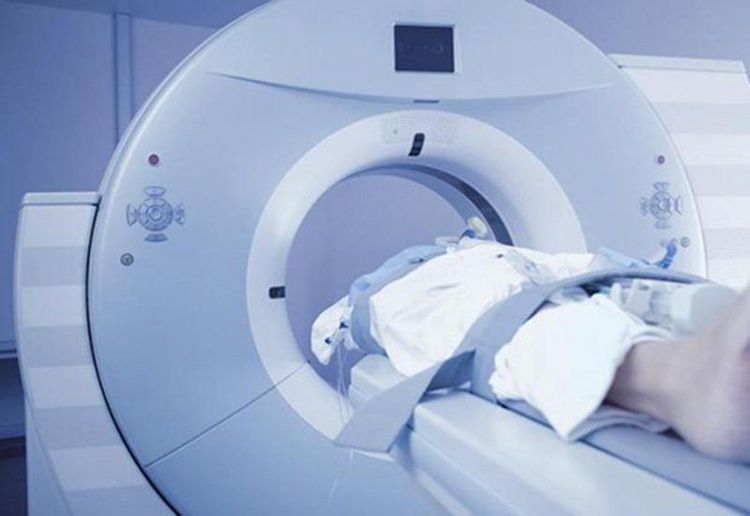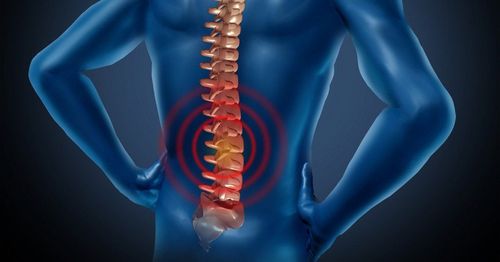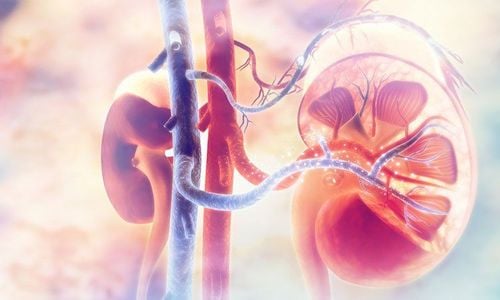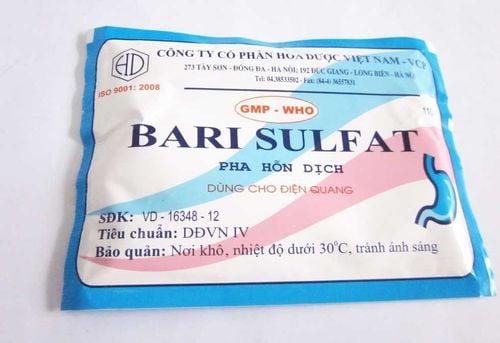This is an automatically translated article.
Posted by Doctor Nguyen Dinh Hung - Department of Diagnostic Imaging - Vinmec Hai Phong International General Hospital
Contrast drugs (TCQ) are drugs that increase the absorption of X-rays and other types of rays when they pass through the body, so the drugs clearly show the structure of the organ where many drugs are concentrated, which has the effect of supporting the Diagnostic.
1. Use of contrast agent in diagnostic imaging
Along with the development of diagnostic imaging technology, contrast dye is more and more widely used. Among them, contrast agents containing iodine are most commonly used. However, safety issues in the use of contrast media are rarely mentioned in pharmacology textbooks and literature, even though this is a drug with a much larger intravenous dose than other drugs. other treatment.
In diagnostic imaging: Contrast can be used orally, by enema or intravenously.

Thuốc cản quang được tiêm trực tiếp vào tĩnh mạch
2. Using oral contrast or pump-enema
Contrast can be used orally and enemas are used in cases of gastrointestinal evaluation, fistula finding. Today, due to the strong role of endoscopy and other diagnostic methods, the use of oral contrast and enema is no longer common. However, in some cases and some medical facilities still have to use for the gastrointestinal tract.When should you perform a contrast-enhanced upper GI X-ray?
Contrast X-ray of the upper gastrointestinal tract (usually water-soluble contrast) is done to:
Find the cause of gastrointestinal symptoms such as difficulty swallowing, vomiting, belching, difficulty pepper; Look for strictures in the upper intestinal tract, ulcers, tumors, pyloric stenosis; Find the area with inflammatory bowel disease, malabsorption syndrome, problems with bowel movement to push food away (dysmotility disorder); Ingestion of foreign body ; Usually, you won't need a contrast-enhanced upper GI X-ray if you don't have gastrointestinal symptoms. You should have this test if:
Difficulty swallowing food; Obstruction in the intestines; Abdominal pain that gets better or worse while eating; Heartburn occurs frequently.

Chụp X-quang kiểm tra đường tiêu hóa nếu có cảm giác khó nuốt khi ăn uống
3. Using vascular contrast agent
Today vascular contrast agents are commonly used in computed tomography , digital background erasure angiography and endovascular interventions .
For contrast-enhanced computed tomography:
CT scan, also known as computed tomography, is a technique that uses X-rays to scan an area of the body in a cross-section in combination with other processed by computer to get a 2D or 3D image of the part to be photographed.
Contrast CT scan : Applied in some cases, it is necessary to investigate the lesions and blood vessels more carefully, medical professionals will inject a contrast agent into the body. Iodine-containing contrast agents will cause attenuated structures or lesions to appear bright white on CT scans, which will help distinguish the abnormal area from other structures around it.
For background digitizing angiography (DSA) and endovascular intervention under background erasing digitizer.
DSA and intervention: The doctor needs to put the amount of contrast material into the vessel to locate the narrowing, occlusion or evaluate the proliferative fascia that needs to be occluded during the therapeutic intervention.

Thuốc cản quang đường mạch máu dùng trong chẩn đoán hình ảnh
4. Contrast drug allergy: Things to note
Contrasts, like all pharmaceuticals, are not completely risk-free. The main purpose of this guide is to assist radiologists in recognizing and managing the mild but serious risks that may actually occur during contrast media use..
Side effects Contrast preference varies from minor physiological disturbances to rare serious life-threatening situations.
Preparation for prompt treatment of allergic or anaphylactoid reactions must include preparation for the full range of potential adverse events including: pre-arranged response planning with staff availability, equipment and medication and receive appropriate training.
Such preparation is best completed before ordering and administering contrast to the patient. In addition, a program of quality improvement and assurance ensures awareness and management for all radiologists.
Before performing contrast injection procedures for diagnostic work, it is necessary to consider the patient's medical history including:
Assess patient risks compared with the benefits of using contrast medium. Alternative imaging methods will provide similar or better diagnostic information. Ensure a valid clinical indication for each patient requiring contrast. Risk factors : Risk factors for the incidence of adverse reactions when using contrast agents in some patients with the following medical history and medical conditions:
Previous history of allergic reactions with iodinated contrast media. 21-60% risk of re-reaction with repeated administration of another drug or drug in the iodinated contrast medium class. Allergic history: Asthma is the most important predisposing factor for severe reactions. There is no evidence that a seafood allergy affects the response. Cardiovascular disease (especially heart failure)

Bệnh nhân mắc các bệnh về tim mạch làm tăng nguy cơ xảy ra phản ứng với thuốc cản quang
Dehydration Hematologic diseases such as sickle cell anemia, erythrocytosis, myeloma , propranolol ...), interleukin-2, aspirin, NSAIDs need to stop using the drug completely before conducting contrast injection. Anxiety, depression.
Preparation before administration:
Intradermal test: Intradermal testing with contrast to predict the possibility of an adverse reaction has not been shown to be helpful in reducing the risk of a reaction.
Use Corticosteroids Before Contrast:
The purpose of corticosteroids is to minimize the possibility of an allergic-like reaction in high-risk patients. However, many experts believe that premedication reduces the likelihood of reactions in high-risk patients receiving low-osmolar contrast media.
If during the use of contrast agent or after use. Patients who have a reaction to the drug, depending on the severity, will be treated according to the anaphylactic emergency protocol of the Ministry of Health.
To register for examination and treatment at Vinmec International General Hospital, you can contact the nationwide Vinmec Health System Hotline, or register online HERE.














